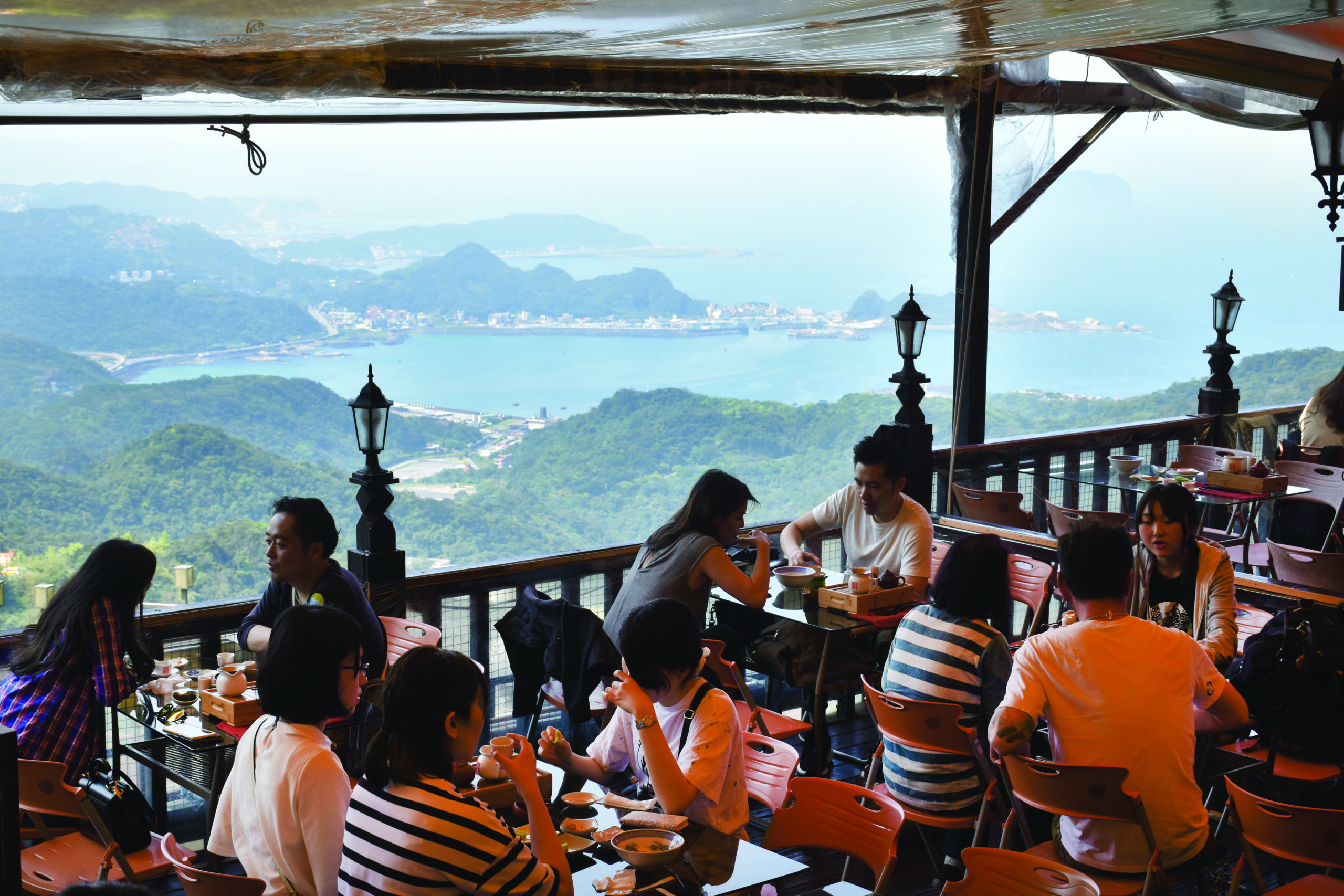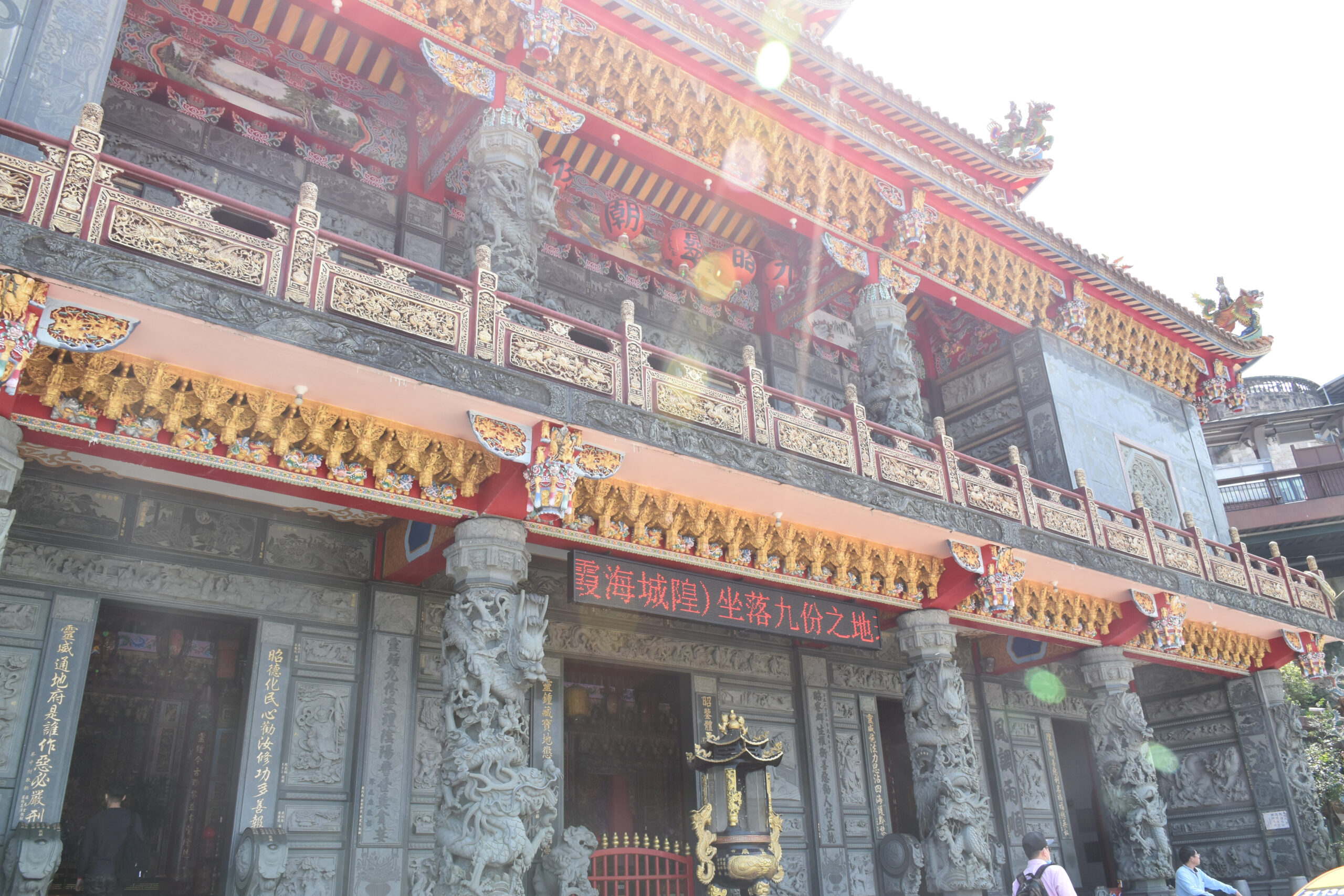This article was originally published in That’s Shanghai magazine.
For many expats in Shanghai, planning a trip to Taiwan is like visiting an old college friend – it’s on your list, but somehow it keeps getting postponed because there’s always somewhere else to go. Taiwan, however, possesses all the characteristics of a perfect weekend getaway: it’s close, affordable, and on top of all that, provides a much-needed change of pace from Shanghai’s urban jungle.
If you only have time for a short vacation, Taiwan’s northeast coast is the natural choice. After roaming through the streets of Taipei, head up to Jiufen and the gold mines of Jinguashi for a day trip to experience its picturesque mountain ranges and seashores. For tourists traveling alone, all the sites below are easily accessible thanks to public buses and the Taiwan Tourism Bureau’s ‘Golden Fulong’ shuttle bus.
The History of Jiufen
Walking down the busy alleyways packed with street food and cheap souvenirs, one could easily confuse Jiufen with other Chinese tourist hotspots. Upon closer inspection, however, visitors will be able to identify its unique qualities thanks to its Japanese-inspired architecture and vivid view of the East China Sea.
Jiufen is the product of over a century of cross-cultural influences. The colorful town was once nothing more than a mountain village when it suddenly struck gold – literally. Large deposits of gold and copper discovered in the area transformed Jiufen into Taiwan’s most bustling town. By the 1910s and 20s, it even became a center for art and culture with the opening of Taiwan’s first movie theater.
Shortly after WWII, however, Jiufen’s once bustling mining industry saw a massive decline, and all mines were completely shut by the 70s, causing the town to fade into obscurity. Its revival as a tourist destination came almost 20 years later, following the 1989 release of the internationally acclaimed film, A City of Sadness, a period drama documenting the events at the end of WWII that was shot on location in Jiufen. Additionally, Jiufen is famous for its snacks and street food such as the ice cream and peanut wrap, taro balls, and ginger tea. Here are a few places that you must visit when you’re in the area.
A Mei Tea House
阿妹茶楼

Housed inside an impressive Japanese-influenced building at the heart of the town, this famous Jiufen landmark offers a large selection of tea and local snacks and pastry, served with a view of its winding streets and the sea. Tea-soaked plums, taro rolls, and green tea cakes can be paired with an iced oolong or a refreshing osmanthus honey drink after a long stroll around town.
Fushan Temple
福山宫

Another renowned attraction is this 200-year-old temple dedicated to the Earth God. Featuring a unique combination of Chinese, Japanese and Western design, its distinctive roof can be seen from afar. During the heyday of Jiufen’s mining industry, mine owners and workers came frequently to pray for a smooth and fruitful expedition before each operation.
Jinguashi
金瓜石
At the peak of the 1920s gold rush, more than 100,000 miners worked the Jinguashi mines, harvesting gold, copper, and other precious metals on a daily basis. Visitors can tour through the Museum of Gold (黄金博物馆), an open-air complex of buildings showcasing Jinguashi’s ‘golden era.’ Among the structures is the Gold Building (黃金馆), where guests can see an exhibition of the history of gold excavation in Taiwan, and touch a 220 kg block of solid gold – the largest of its kind in the world.
Other Jinguashi attractions worth mentioning include the Japanese-style residences (日式宿舍) and Crown Prince Chalet (太子宾馆), as well as the Taiwan POW Memorial Park, which pays homage to the soldiers imprisoned in the Jinguashi camp and forced to work in the mines.
Golden Waterfall and Yinyang Sea
黄金瀑布 & 阴阳海

From the Museum of Gold, the shuttle travels downhill to the Golden Waterfall (黃金瀑布), which is known for its shining waters and orange rocks – an enduring testimony to the vast effects of copper mining in the area. A few minutes down the road is the majestic Yinyang Sea, known for its distinct bright yellow water, a unique phenomenon as a result of the rich levels of copper in the soil. With the striking mountains and green scenery as its backdrop, Yinyang Sea provides the perfect vantage point of Taiwan’s northeastern coast.
Useful Info
Getting there:
Bus No. 1062 departs Taipei’s Zhongxiao Fuxing metro station for Jiufen and Jinguashi multiple times a day. Alternatively, you can also take the train to Ruifang Station (NT49-76) from Taipei. Taiwan Tourism Bureau’s No. 856 ‘Golden Fulong’ route shuttle bus stop is just next to the station.
Entrance fees:
Most attractions mentioned above are free.
Entrance to the Gold Museum is NT80.
The author was a guest of the Taiwan Tourism Buerue.

